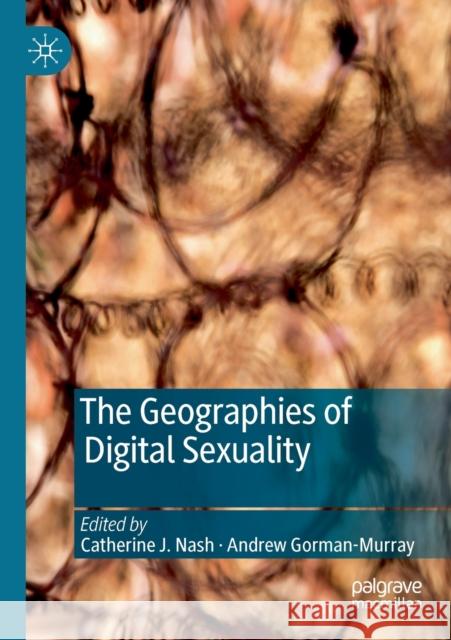The Geographies of Digital Sexuality » książka
topmenu
The Geographies of Digital Sexuality
ISBN-13: 9789811368783 / Angielski / Miękka / 2020 / 286 str.
The Geographies of Digital Sexuality
ISBN-13: 9789811368783 / Angielski / Miękka / 2020 / 286 str.
cena 342,14
(netto: 325,85 VAT: 5%)
Najniższa cena z 30 dni: 327,68
(netto: 325,85 VAT: 5%)
Najniższa cena z 30 dni: 327,68
Termin realizacji zamówienia:
ok. 22 dni roboczych
Dostawa w 2026 r.
ok. 22 dni roboczych
Dostawa w 2026 r.
Darmowa dostawa!
Kategorie BISAC:
Wydawca:
Palgrave MacMillan
Język:
Angielski
ISBN-13:
9789811368783
Rok wydania:
2020
Wydanie:
2019
Ilość stron:
286
Waga:
0.36 kg
Wymiary:
21.01 x 14.81 x 1.63
Oprawa:
Miękka
Wolumenów:
01
Dodatkowe informacje:
Wydanie ilustrowane











